Authors of a new study urge changes in dietary habits, infrastructure and climate adaptation
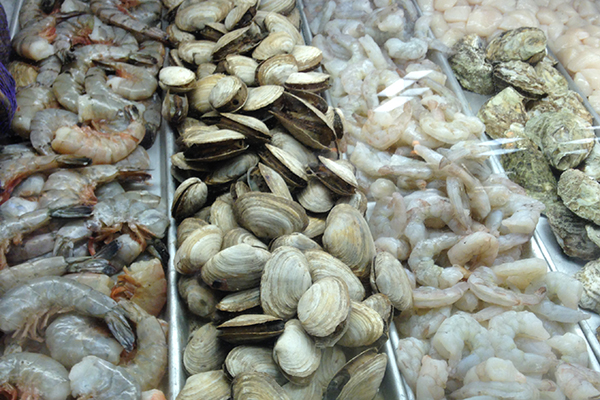
A new University of Maine study has found that the United States could potentially meet all its seafood needs through domestic production. This would, however, require changes in consumer habits, investment in infrastructure and adaption to climate change.
The research team claims that if the United States could rely only on its domestic seafood supply, it would improve diets and food security, especially if global supply chains face disruptions. However, even though the United States can produce enough seafood, it mostly exports what it produces and imports more than 80 percent of the seafood Americans eat.
“There is a tendency to forget that seafood is an integral part of the nation’s food system, but achieving greater seafood independence can improve equity, health and buffers from climate change,” said Joshua Stoll, the study’s co-author and University of Maine associate professor of marine policy.
Researchers used 50 years of data (1970–2021) on seafood consumption and production across the nation and seven U.S. regions. They assessed how well the nation and each region could meet seafood demand through domestic production, with 100 percent indicating potential seafood independence.
National seafood consumption, particularly of fish and other non-shellfish species, has increased over the past century alongside population growth and shifts in culinary preferences, but not enough to pass the overall uptick in production. Per capita consumption rose from 11.7 to 20.3 pounds, according to researchers. Producers, however, have reached a mean annual production volume of 7.5 billion pounds, which could yield 21.4 pounds of food per capita.
Despite high production, the U.S. could only meet 76 percent of its seafood demand with domestic supply from 2012 to 2021. This self-reliance has varied between 59 and 110 percent over the past 50 years, with the gap due to exports and the use of seafood as bait.
“As we strive to enhance our seafood self-reliance, we have the potential to reassess our consumption of harvested species. By focusing on species like herring, anchovy and other less widely consumed species over those that we export or use for bait, we can tap into their exceptional nutritional value, rich in omega-3 fatty acids and essential nutrients,” said Tolulope Oyikeke, co-author and Ph.D. student. “This shift would not only strengthen our domestic seafood supply but also contribute to a more sustainable, affordable and health-conscious food system.”
The United States could achieve seafood independence largely due to Alaska, which has provided two-thirds of the national harvest for 30 years and could meet 27,000 percent of its own seafood demand. In contrast, the Mid-Atlantic meets only 7 percent of its demand. New England, once the third-most self-sufficient region, peaked at 179 percent self-reliance in 1979 but fell to 36 percent by 2021 due to overfishing, catch regulations and rising consumption.
“It is hard to predict what will happen in the future, but ongoing efforts to restore fisheries in the Gulf of Maine and the nascent, but burgeoning aquaculture sector may help to increase the potential for self-reliance in the future,” said Oyikeke.
The United States could achieve seafood independence, but the current consumption of 20.3 pounds per person is below the U.S. Department of Health’s recommended 26.07 pounds. To improve self-reliance and dietary outcomes, researchers suggest promoting the consumption of underused fish and increasing shellfish production by investing in small-scale community aquaculture. The research team also recommends improving access for marginalized groups and investing in better storage, waterfront access and distribution networks while considering climate change impacts.
“As more attention is being given to the relationship between socioeconomic well-being, human health and food, now is the time to invest in increasing seafood self-reliance. Given current seafood production levels, doing this is not beyond reach,” said Stoll.
Now that you've reached the end of the article ...
… please consider supporting GSA’s mission to advance responsible seafood practices through education, advocacy and third-party assurances. The Advocate aims to document the evolution of responsible seafood practices and share the expansive knowledge of our vast network of contributors.
By becoming a Global Seafood Alliance member, you’re ensuring that all of the pre-competitive work we do through member benefits, resources and events can continue. Individual membership costs just $50 a year.
Not a GSA member? Join us.
Author
Tagged With
Related Posts
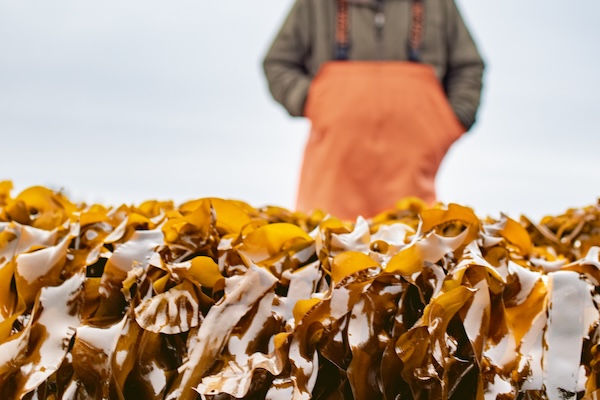
Intelligence
Maine seaweed-farming network harvests a record 1.3 million pounds in 2024
Atlantic Sea Farms harvests a record 1.3 million pounds of farmed seaweed in 2024, experiencing "tremendous expansion."
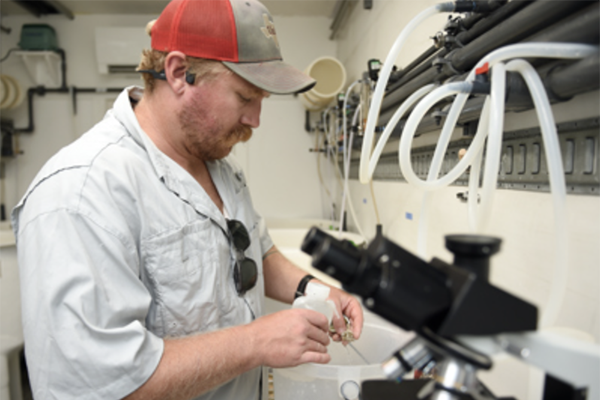
Innovation & Investment
New restorative aquaculture project aims to boost oyster farming sector in Texas
The Palacios Marine Agricultural Research launched a project to advance Texas' oyster farming industry, starting with a mobile hatchery.
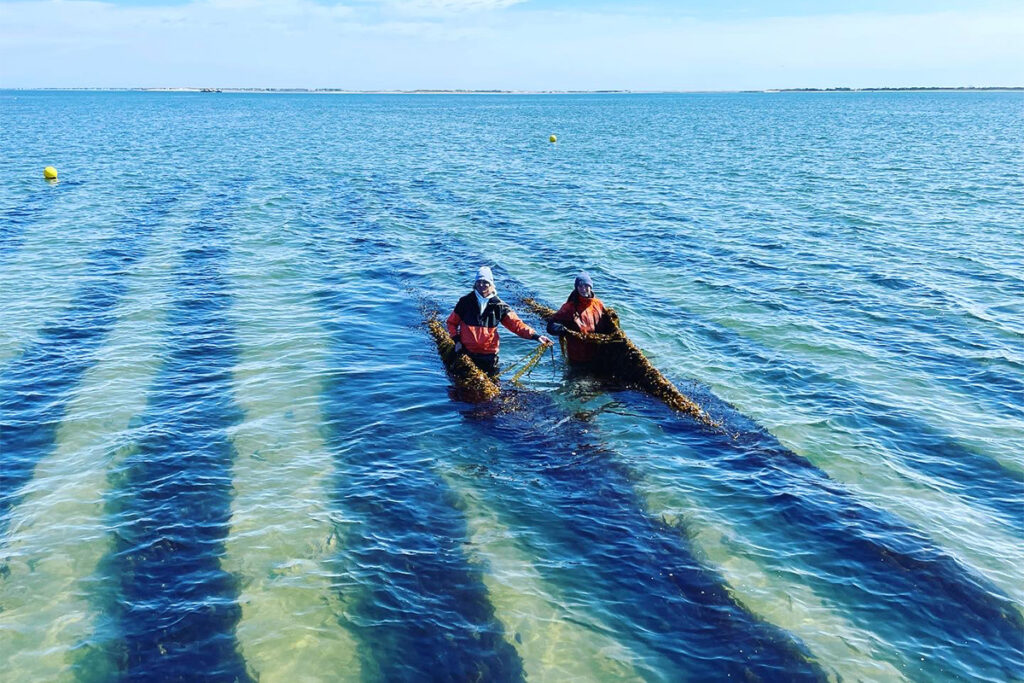
Intelligence
Meet the woman who’s pioneering commercial kelp farming in New York
Former professional basketball player Sue Wicks launches New York’s first commercial kelp farm, spearheading a growing industry for the state.
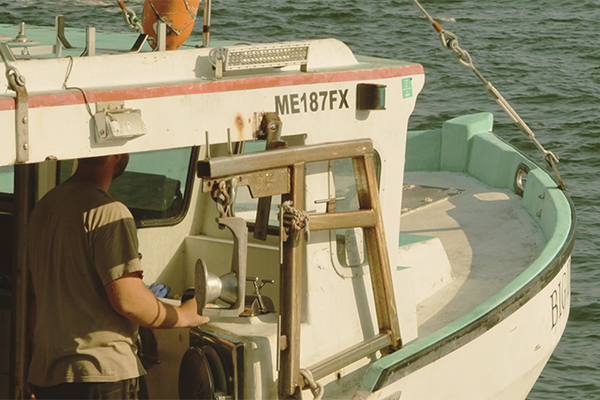
Responsibility
Maine seafood initiative celebrates 1 million meals served to families facing food insecurity
Collaboration between Maine's seafood sector, food banks and schools addressed food insecurity and infused millions into the local economy.



